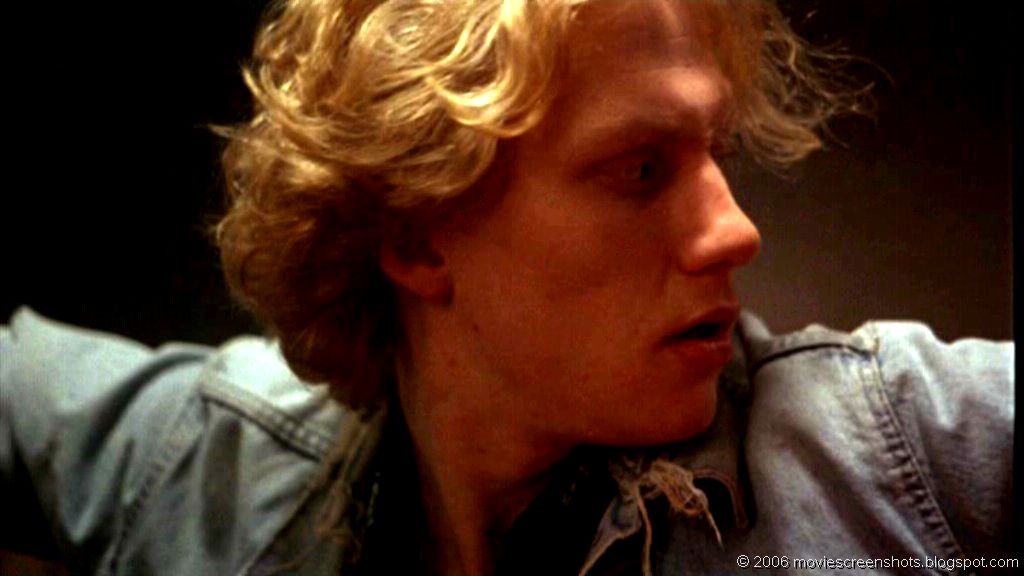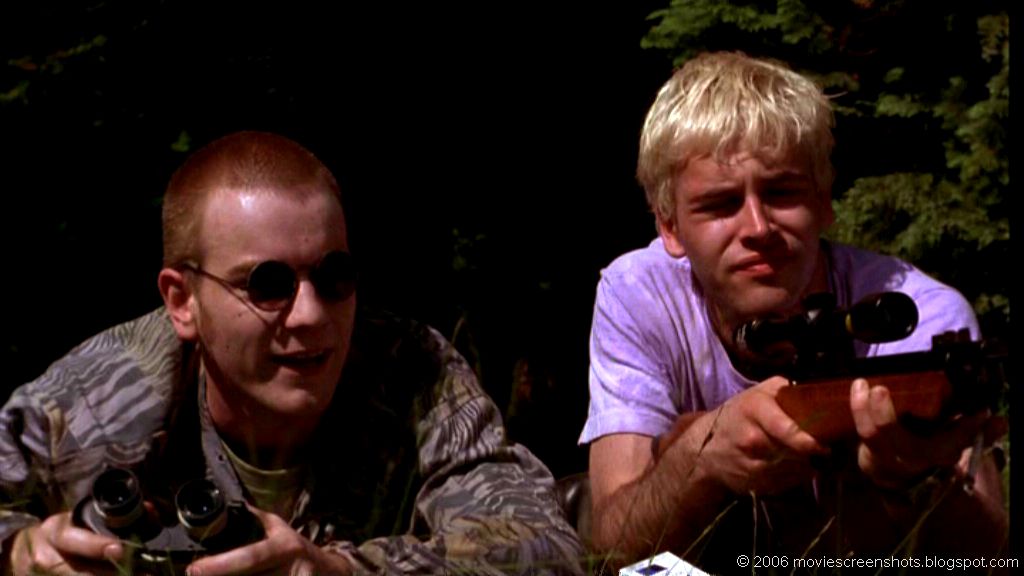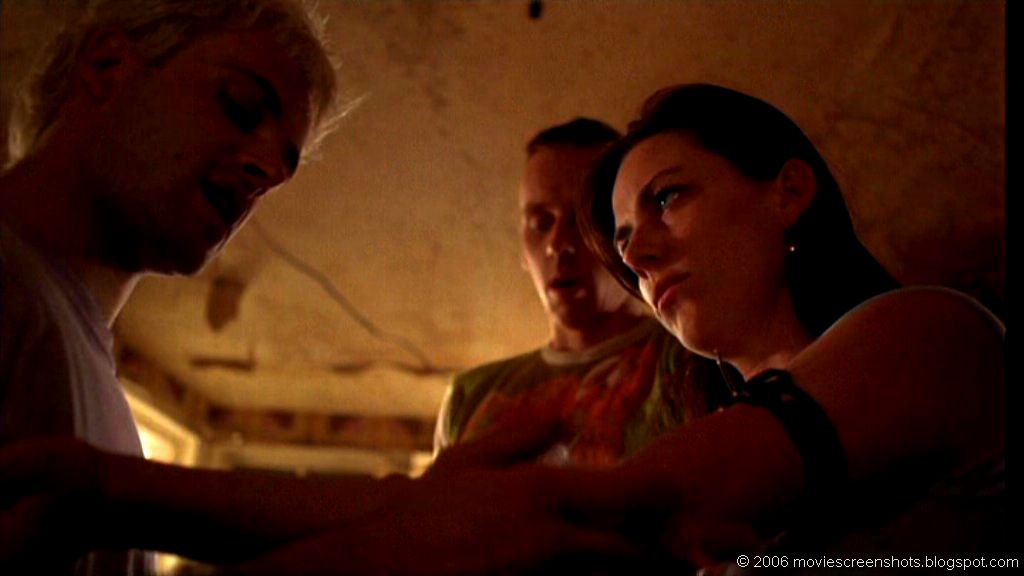4. What are the uses/ limitations of the internet in terms of politics and/or democracy? Should we rethink the nature of the political?
Since its conception in the 1990’s, the internet has been a helpful tool for connecting people and more recently, for global governance. The most prominent use of the internet in politics is through the introduction of ‘e-democracy’. E-democracy is a relatively new form of networking which enables a government to function, communicate and operate under the advisement of a larger amount of the population. http://www.publicus.net/articles/edemresources.html
This encourages the ‘democracy’ of the concept and has been praised for its improvement in the area of equality in voicing opinions on government operations, thus reinforcing the values democracy upholds. This form of democratic co-operation on a worldwide basis has the ability to span the globe and create what some may call a utopian ideal; a bridging of physical and political divides worldwide. Despite this, e-democracy needs to incorporate both the ‘e’ (that is, ‘electronic’) part of the concept, by participating in the constantly developing new communications, as well as understanding the ‘democracy’ side of the concept.
Despite the capabilities of the internet, this idyllic concept of a global community connected by the internet, faces similar limitations in a political sense as the politics ‘in real life’ do. For example the ability to have “free speech“is not, a globally recognised right, let alone Australia who has never had this right formally recognised. With this in mind, Australia has had the enforcement of censorship threatened upon the ‘free source” that the internet represents. Without the ability to make a political or personal impact on certain sites (and the question is of course asked, who will control just what is ‘censored’ out when Big Brother is watching) the ‘democratic’ aspect of e-democracy sites are called into question, as well as any information which may aid in understanding an issue better.
Similarly, the French philosopher Albert Camus purports “A free press can, of course, be good or bad, but, most certainly without freedom, the press will be anything but bad.” This is of course a major concern in the plane of e-democracy as, if censored, the government could control any outlet which complained about the way it was run, changing the entire concept into some malformed ‘e-totalitarianism’. Of course some censorship would be welcomed, as, as Stephen Stockwell stated in his lecture, “nobody wants to be forced to have pop ups of pornography with children in it”, but if partial censorship is allowed than surely further misuse of this power is possible. This can be seen prominently in Japan, a country whose input on the internet is already under intense surveillance, are currently considering censorship laws, to be put in place by 2010 (http://www.guardian.co.uk/technology/2008/jan/03/censorship.japan).
This decision may lead to the exposure of one the many limitations e-democracy has: its inability to serve everyone. People who do not wish to be confronted by explicit imagery may not wish to use the internet, and if regulated, some people’s opinions could be unnecessarily withheld, thus not giving citizens an equal right to speak. Along with dilemma is the citizen’s ability to participate via their access to the internet. People without any access to a computer or internet source would also be incapable of participating in the political events, only available via the internet. This seems detrimental to the democratic ideal, though political participation has the potential to increase due to the incorporation of the internet into politics, as the youth of today have more of a synergy with the internet. As the internet is also a source of information it is more likely this generation will be more informed, thus generating a higher interest in the political.
E-Democracy also has the benefit of expedient access to information worldwide, such as USA.gov which shows the any new and upcoming regulations and changes in the United States government, and one of Australia’s own, Australian e-Democracy. These sites demonstrate a fast, efficient and informative mode of governance, not capable of reaching so many people, in so little time, by any other means. With this information, citizens could comment further, both on the news and regulations of the government, and on the method with which they are commenting. This promotes change, and with it progress.
The internet has, in a dramatic way, created progress and change in society, and similarly e-democracy has the power to do just this. Despite the evidence that e-democracy, like any form of governance, has its flaws; it has placed politics at the forefront of the rising popularity that the internet has recently portrayed. It has reinforced and found new ways of getting, if not all, then as many people possible, participating in the governing of their country as any other form of government. It has the ability to, if it’s not too megalomaniacal, ‘take over the world’. ‘Take over the world,’ was not, of course, meant in a totalitarian sense, such as that mentioned before, but hopefully as the unified utopia that many people could have imagined during the early stages of the internet. E-Democracy, like any government has with it large amounts of responsibility and opposition, but is undeniably a new and more effective form of politics for a society so deeply immersed in the internet.
Bibliography
The National Forum 2007, ‘Australian e Democracy’, available from http://democracy.nationalforum.com.au/ viewed 23/10/2009
The White House 2009, ‘USA.gov: The U.S. Government’s Official Web Portal’, available from http://www.usa.gov/ viewed 23/10/2009
Fitzpatrick M., 2008, ‘...while Japanese face web censorship’ [online], U.K., Guardian News and Media Limited, available from http://www.guardian.co.uk, viewed 23/10/2009
Clift, S., 2006, ‘E-Democracy Resource Links from Steven Clift-E-Government, E-Politics, E-Voting Links and more’, available from http://www.publicus.net/articles/edemresources.html, viewed 23/10/2009











